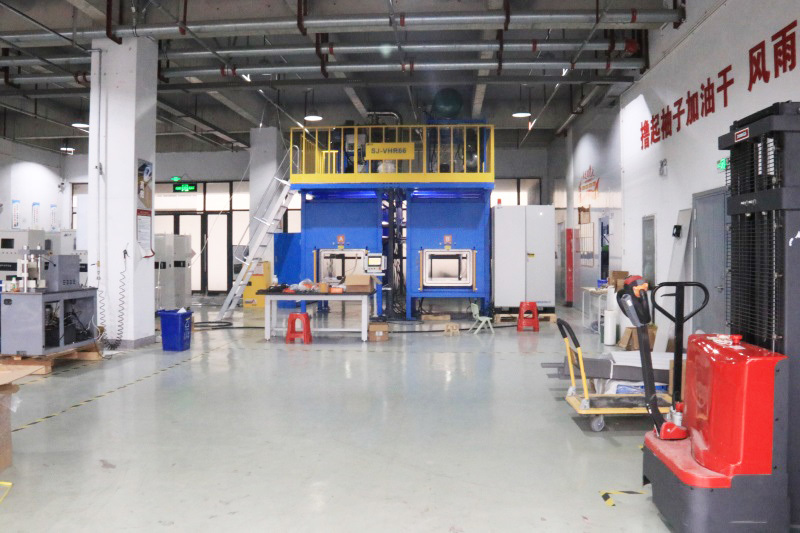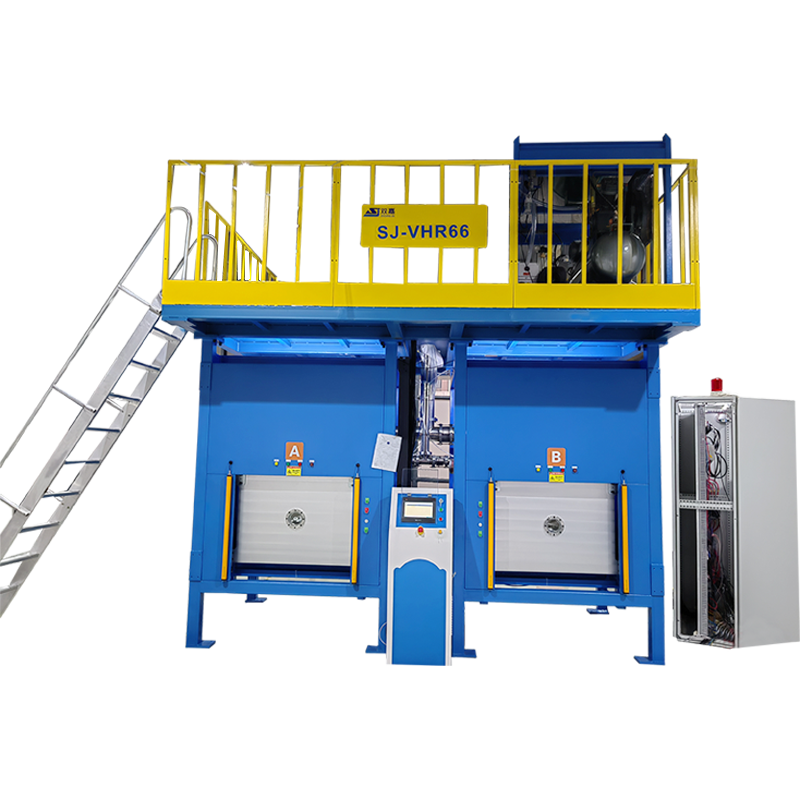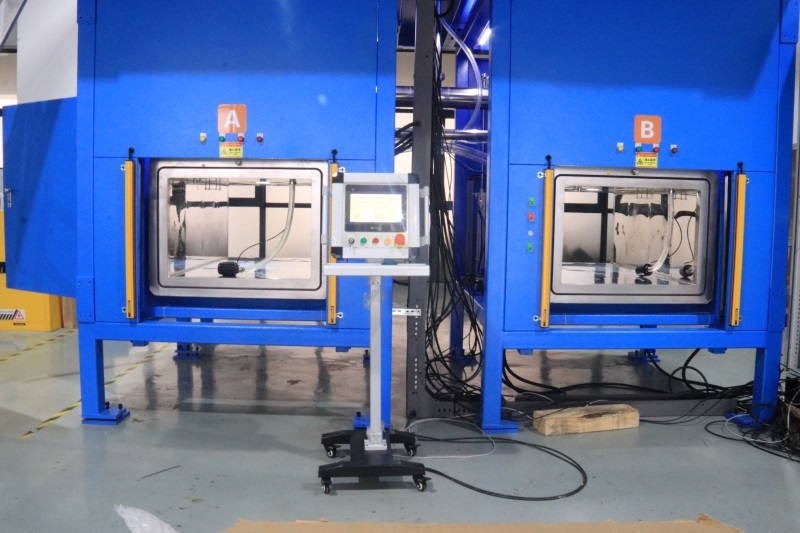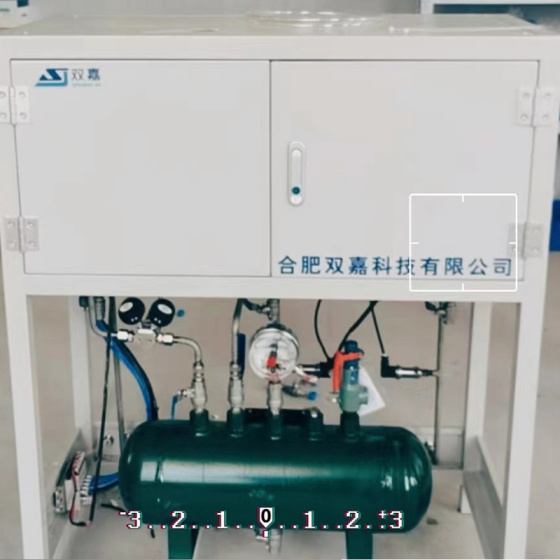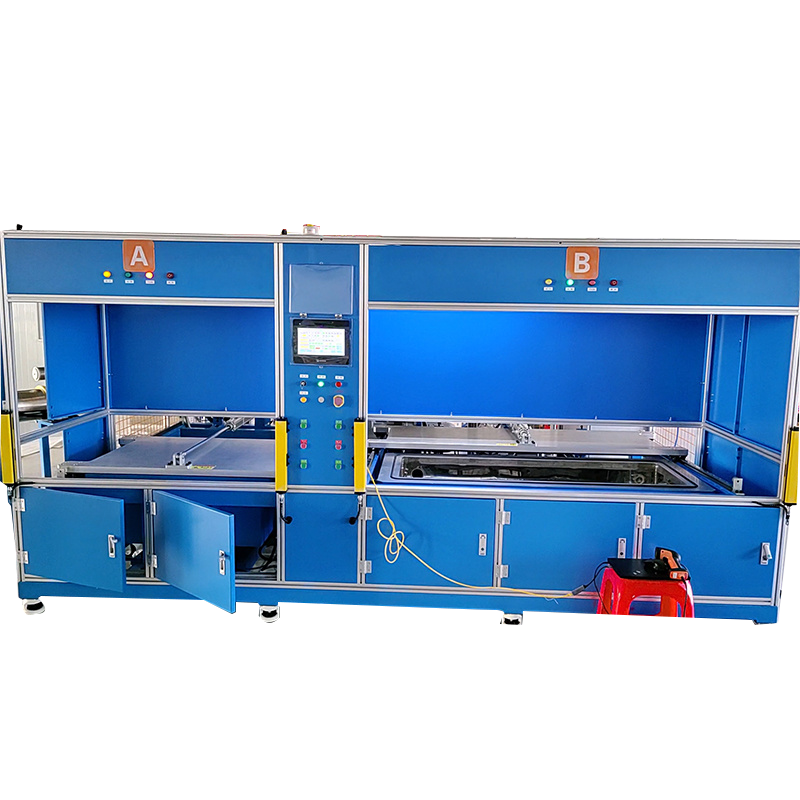Information Details
Maximizing Efficiency: The Importance of a Helium Leak Recovery Unit
Maximizing Efficiency: The Importance of a Helium Leak Recovery Unit Table of Contents 1. Introduction to Helium Leak Recovery Units 2. Understanding the Mechanics of Helium Leak Detection 2.1 How Helium Leak Detection Works 2.2 The Role of Helium in Leak Testing 3. Benefits of Using a Helium Leak Recovery Unit 3.1 Cost Reduction and Efficiency 3.2 Environmental Compliance and Sust
Release time:
2025-06-08
Maximizing Efficiency: The Importance of a Helium Leak Recovery Unit
Table of Contents
1. Introduction to Helium Leak Recovery Units
2. Understanding the Mechanics of Helium Leak Detection
2.1 How Helium Leak Detection Works
2.2 The Role of Helium in Leak Testing
3. Benefits of Using a Helium Leak Recovery Unit
3.1 Cost Reduction and Efficiency
3.2 Environmental Compliance and Sustainability
3.3 Enhanced Safety in Operations
4. Key Features of an Effective Helium Leak Recovery Unit
5. Selecting the Right Helium Leak Recovery Unit for Your Application
5.1 Factors to Consider
5.2 Top Brands and Models
6. Best Practices for Implementing Helium Leak Recovery Systems
7. Common Applications of Helium Leak Recovery Units
8. Frequently Asked Questions (FAQs)
9. Conclusion
1. Introduction to Helium Leak Recovery Units
In various industries, the integrity of products is paramount. **Helium leak recovery units** serve as essential tools in maintaining this integrity by detecting and recovering helium used in leak testing processes. The importance of helium leak detection cannot be understated, as it ensures that products meet stringent quality standards. This article delves into the operational efficiencies and benefits a helium leak recovery unit can provide, helping businesses optimize their leak testing processes.
2. Understanding the Mechanics of Helium Leak Detection
Leak detection is a critical process in manufacturing and quality assurance. Understanding how helium leak detection operates is crucial for implementing an effective leak testing strategy.
2.1 How Helium Leak Detection Works
Helium leak detection relies on the unique properties of helium gas, which is non-toxic, inert, and light. In a typical test, helium is introduced into the system being tested. If a leak exists, helium escapes through the opening, allowing detection equipment to sense the gas, usually via mass spectrometry or other sensitive detectors.
2.2 The Role of Helium in Leak Testing
Helium's low molecular weight allows it to permeate materials faster than other gases, making it a preferred choice for precise leak detection. Furthermore, its inert nature means that it will not react with other substances, ensuring the integrity of the test and the safety of the environment.
3. Benefits of Using a Helium Leak Recovery Unit
Incorporating a helium leak recovery unit into your quality assurance processes can yield substantial benefits.
3.1 Cost Reduction and Efficiency
One of the primary advantages of utilizing a helium leak recovery unit is the significant reduction in operational costs. By recovering and reusing helium, companies can reduce their reliance on purchasing new helium, which can be expensive. Moreover, the efficiency gained from rapid leak detection translates into decreased downtime and enhanced productivity.
3.2 Environmental Compliance and Sustainability
With increasing regulatory scrutiny on environmental impact, companies must adopt sustainable practices. **Helium leak recovery units** aid in environmental compliance by minimizing helium waste and ensuring that leak testing processes are conducted responsibly. This commitment to sustainability not only enhances corporate image but also aligns with global efforts to reduce greenhouse gas emissions.
3.3 Enhanced Safety in Operations
Safety is paramount in any industrial setting. Helium leak recovery units enhance safety by reducing the risks associated with helium handling and potential leaks. With better containment and recovery practices, the chances of exposure to hazardous conditions are minimized, creating a safer workplace for all employees.
4. Key Features of an Effective Helium Leak Recovery Unit
When selecting a helium leak recovery unit, several features should be considered to ensure optimal performance. Key features include:
- **High Recovery Efficiency**: Look for units that boast high recovery rates, which can significantly reduce costs.
- **User-Friendly Interface**: An intuitive design will facilitate operation and help minimize training time for staff.
- **Compact Design**: Space-efficient models are preferable in facilities with limited room.
- **Durability and Reliability**: Consider units built with robust materials to withstand industrial environments.
5. Selecting the Right Helium Leak Recovery Unit for Your Application
Choosing the right helium leak recovery unit requires careful consideration of various factors.
5.1 Factors to Consider
- **Application Environment**: Understand the specific requirements of your industry and applications.
- **Volume of Testing**: Assess how frequently you will use the unit and the volume of helium you will need to recover.
- **Budget Constraints**: Determine your budget while keeping in mind the long-term savings associated with helium recovery.
5.2 Top Brands and Models
There are several reputable brands known for their high-quality helium leak recovery units. Researching user reviews and specifications can help identify models that meet your operational needs.
6. Best Practices for Implementing Helium Leak Recovery Systems
To maximize the benefits of a helium leak recovery unit, follow these best practices:
- **Regular Maintenance**: Implement a routine maintenance schedule to ensure optimal functionality and longevity of the unit.
- **Training for Operators**: Ensure that staff are well-trained in the operation and safety protocols associated with the unit.
- **Integration with Existing Systems**: Consider how the helium leak recovery unit will fit into your current testing procedures and make adjustments as necessary.
7. Common Applications of Helium Leak Recovery Units
Helium leak recovery units find applications across various industries, including:
- **Aerospace**: Ensuring the integrity of fuel systems and pressurized components.
- **Automotive**: Testing fuel systems and air conditioning components for leaks.
- **Pharmaceutical**: Maintaining the integrity of sterile packaging and delivery systems.
- **Electronics**: Protecting sensitive components from contamination.
8. Frequently Asked Questions (FAQs)
**Q1: What is the primary function of a helium leak recovery unit?**
The primary function is to recover helium used for leak testing, ensuring cost savings and environmental compliance.
**Q2: How does helium compare to other gases for leak detection?**
Helium is preferred due to its inert nature, low molecular weight, and non-toxicity, making it more effective for precise leak detection.
**Q3: Can helium leak recovery units be used in all industries?**
While they are highly effective in many industries, the specific application will determine compatibility.
**Q4: What maintenance is required for a helium leak recovery unit?**
Regular checks of the seals, filters, and recovery efficiency are essential to maintain performance.
**Q5: Are helium leak recovery units environmentally friendly?**
Yes, they help minimize helium waste, promoting sustainability and compliance with environmental regulations.
9. Conclusion
In conclusion, the integration of a helium leak recovery unit into your operational framework can significantly enhance efficiency, reduce costs, and ensure compliance with environmental regulations. By understanding the mechanics of helium leak detection and recognizing the vast benefits of recovery systems, businesses can better safeguard their products while promoting a sustainable future. Investing in the right recovery unit is not just about improving productivity; it’s about embracing best practices that lead to long-term success. Transitioning to helium leak recovery units marks a strategic move towards operational excellence and responsible resource management.
Helium leak recovery unit
Latest Blog


